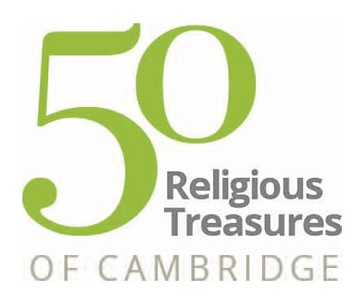Explore questions of God, God’s body, beards, and gender with Dr Daniel Weiss
Meet your lecturer
Dr Daniel Weiss is a Senior Lecturer in Jewish Studies at the Faculty of Divinity in Cambridge, having previously taught in the US. His research and teaching focus on Jewish thought and culture, rabbinic literature, philosophy of religion, and interreligious relations. Daniel is especially interested in the links between ancient scriptural texts and how people behave and think today. He is actively involved in the Cambridge Inter-faith Programme and in Scriptural Reasoning, and is also co-leader of the Scripture & Violence Project, which explores common assumptions about the relationship between scriptural texts and real-world acts of violence.
Explore further
Scriptural Reasoning is a practice developed for delving more deeply into scriptural passages and is a tool for inter-faith dialogue. Unlike some forms of inter-faith engagement, it is not about seeking agreement but rather exploring the texts and their possible interpretations across faith boundaries, and learning to ‘disagree better’.
The Beasts after their Kind is an artistic portrayal of another narrative from the book of Genesis – the Story of the Great Flood.
Milton’s Paradise Lost engages with questions about the creation of human beings in the book of Genesis. Milton was a student at Cambridge in 1667.
This Isis and Horus sculpture from 664–525 BC shows a very different portrayal of a Divine figure, with a clearly identifiable gender.
Consider some questions
What are the implications for how people live if we are ‘made in God’s image’?
Genesis 1:27 is clear that human beings are made in the image of God, and yet there are no verses in the Hebrew Bible that say that God’s body has a gender. How does that influence how we might think about God?
Why might there be no mention of gender in any of the descriptions of God’s body in the Bible?
Christian works of art often influence our understanding of God. How do pictures like Michaelangelo’s Sistine Chapel painting or this William Blake print, found in the Fitzwilliam Museum in Cambridge, affect our understanding of gender roles in the Bible? Does it matter that they differ from the actual text in the Bible?
Guidance for teachers
Download the video transcript



